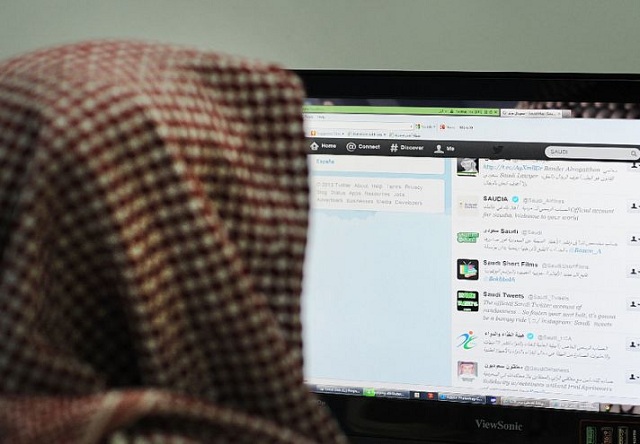
CrowdStrike, Palo Alto Networks Inc and Symantec Corp. warned of the new attacks on Wednesday. They did not name any victims of the new version of Shamoon, which cripples computers by wiping their master boot records that they use to start up. They also did not say how much damage had been caused or identify the hackers.
Disgruntled gamer 'likely' behind October US hacking: expert
The reappearance of Shamoon is significant as there have only been a handful of other high-profile attacks involving disk-wiping malware, including ones in 2014 on Sheldon Adelson’s Las Vegas Sands Corp. and Sony Corp's Hollywood studio. Governments and businesses pay close attention to such cases because it can be time-consuming and extremely expensive to restore infected systems.
The original Shamoon hackers left images of a burning US flag on machines at Saudi Aramco and RasGas Co Ltd in 2012. Researchers said the Shamoon 2 hackers also left a calling card: a disturbing image of the body of three year-old Syrian refugee Alan Kurdi, who drowned in the Mediterranean last year.
The 2012 Shamoon attacks were likely conducted by hackers working on behalf of the Iranian government, said CrowdStrike Chief Technology Office Dmitri Alperovitch. It is too early to say whether the same group was behind Shamoon 2, he said.
The motive of the recent attacks was also not immediately clear.
Probe of leaked US NSA hacking tools examines operative's 'mistake'
"Why Shamoon has suddenly returned again after four years is unknown," the Symantec Security Response team said on its blog. "However, with its highly destructive payload, it is clear that the attackers want their targets to sit up and take notice."
The malware triggered the disk-wiping to begin at 8:45pm local time on Thursday, November 17, according to the security firms.
The Saudi business week ends on Thursday, so it appears to have been timed to begin after staff left for the weekend to reduce the chance of discovery and allow maximum damage.
"The malware had potentially the entire weekend to spread," Palo Alto researcher Robert Falcone said in a blog post.








1732347751-0/Express-Tribune-(1)1732347751-0-270x192.webp)








COMMENTS
Comments are moderated and generally will be posted if they are on-topic and not abusive.
For more information, please see our Comments FAQ